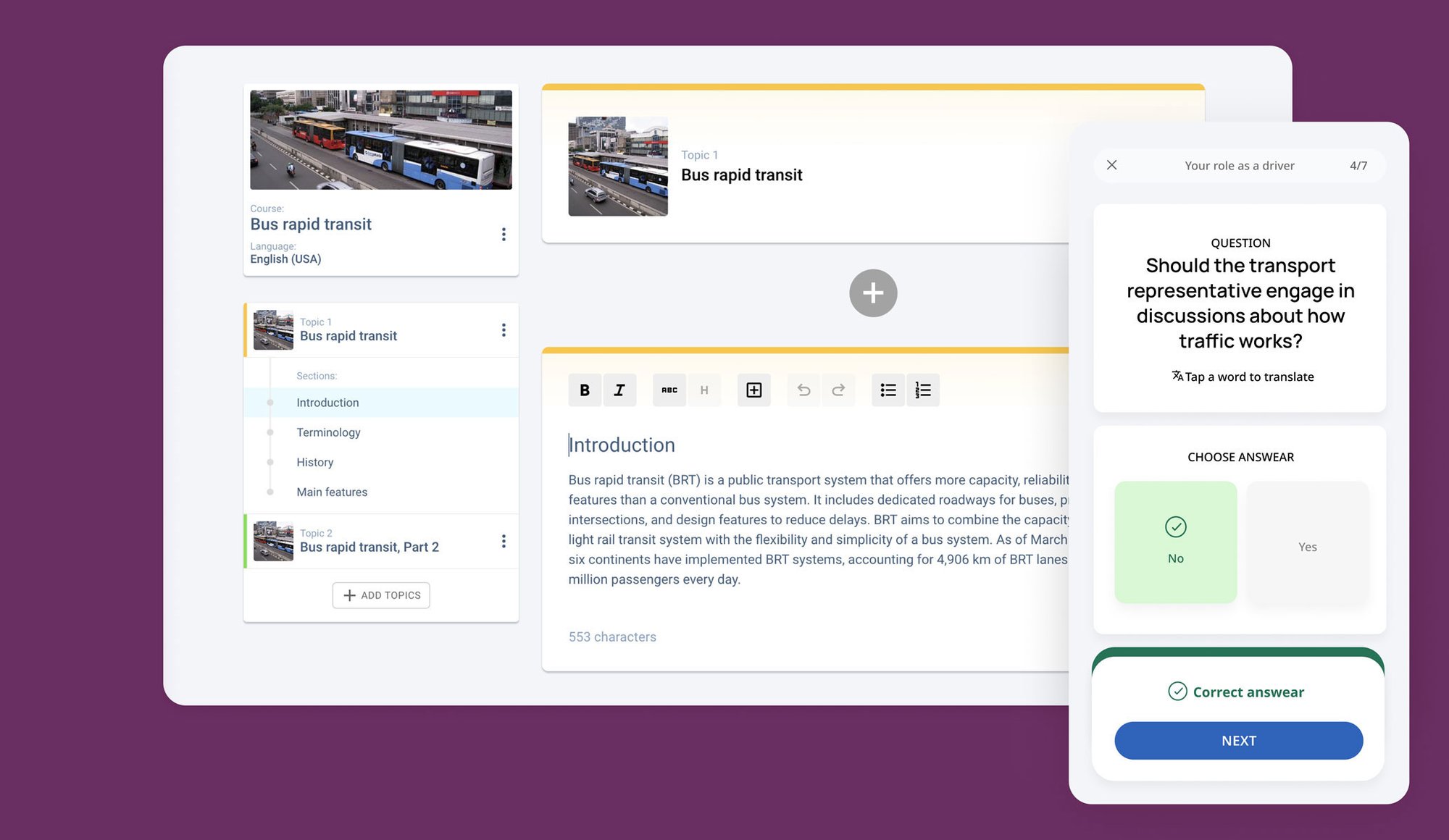7 tips for practical skills gap analysis
1. Strategically define organisational objectives
Commence with a strategic description of your organisation's objectives. This foundational step ensures the skills gap analysis is meticulously aligned with the company's overarching goals, facilitating targeted skill development aligned with future growth trajectories.
2. Catalogue essential skills and competencies
Proceed to catalogue the pivotal skills and competencies imperative for your employee growth and achieving your organisational objectives. This requires an in-depth examination of industry-specific demands, pivotal roles within your entity, and emerging trends likely to influence your sector's landscape.
3. Conduct an exhaustive assessment of current workforce capabilities
Embark on an exhaustive evaluation of your workforce's current capabilities by employing a multifaceted approach that includes interviews, surveys, performance appraisals, and direct observations. This comprehensive data collection is pivotal in garnering insights into the proficiencies and potential areas of improvement within your organisation and talent pool.
4. Analyse collected data to elucidate skills discrepancies
Utilise analytical methodologies to scrutinise the data amassed from the skill assessments to pinpoint discrepancies between the skills your organisation necessitates and those your employees currently possess. This critical analysis will illuminate areas necessitating targeted developmental interventions or additional training.
5. Formulate a detailed action plan to address skills shortfalls
Craft a detailed action plan to ameliorate identified skills shortfalls. This plan should encompass tailored training initiatives, developmental programs, and strategic hiring processes to equip your workforce with the requisite competencies.
6. Implement targeted training and development interventions
With a robust action plan in place, proceed to implement targeted training and development interventions. These could range from in-house workshops, external certification courses, and mentoring arrangements to experiential learning opportunities, all tailored to the specific skill gaps identified.
7. Continuously monitor progress and fine-tune strategies accordingly
It is imperative to institute a mechanism for ongoing monitoring of the progress made in bridging the skills and competency gaps. This entails tracking the evolution of employee capabilities, evaluating the impact of the training interventions, and iteratively refining the action plan based on empirical outcomes and feedback.
Additionally, creating and cultivating an environment that champions continuous professional growth is crucial. Motivate your workforce to proactively engage in their developmental journey, offering them varied opportunities for skill enhancement. This could be facilitated through innovative platforms for lunchtime learning, digital education resources, and collaborative projects across different functional areas.
Moreover, leverage the power of collaboration and knowledge exchange to foster an organisational culture where sharing expertise becomes a conduit for mitigating skills gaps. Promote inter-departmental projects and knowledge transfer sessions to enhance teamwork, enrich the collective skill set, and bolster organisational coherence.




